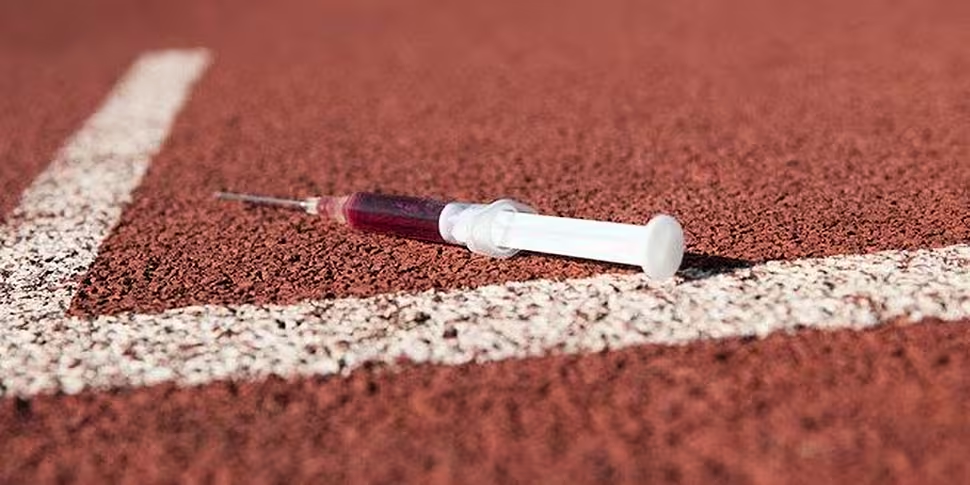Athletics Ireland has said that it is 'deeply concerned' by allegations of widespread doping in the sport.
It is alleged that almost one third of medallists at the Olympic Games and World Championships between 2001 and 2012 recorded suspicious results in a blood test.
The Sunday Times and German TV network ARD/WRD obtained a leaked database belonging to the IAAF containing 12,000 blood tests from around 5,000 athletes in the 11-year spell.
The data accounts for a period between 2001 and 2008. During that time two Irish athletes, Cathal Lombard, Irish 10,000 metres record holder in 2007 and Martin Fagan failed doping tests.
Scientists Robin Parisotto and Michael Ashenden reviewed the data. Their findings have rocked the sport.
-
According to the report Irish athletes accounted for 3% of the abnormal blood values recorded during the analysis of the samples. The samples given by the unnamed Irish athletes were "highly suggestive of blood doping”.
-
A third of medals (146, including 55 golds) in endurance events at the Olympics and World Championships between 2001 and 2012 were won by athletes who have recorded suspicious tests. It is claimed none of these athletes have been stripped of their medals.
-
More than 800 athletes - one in seven of those named in the files - have recorded blood tests described by one of the experts as "highly suggestive of blood doping or at the very least abnormal".
-
Ten medals at London 2012 were won by athletes who have dubious test results.
-
Russia emerges as "the blood testing epicentre of the world" with more than 80% of the country's medals won by suspicious athletes, while Kenya had 18 medals won by suspicious athletes.
-
Englishman Mo Farah and Jamaican sprinter Usain Bolt recorded no abnormal results.
-
41% of the top 10 fastest times run by men in endurance events over the past decade have recorded suspicious blood tests.
CEO of Athletics Ireland John Foley has called on the IAAF to act on findings of the Sunday Times investigation.
“Athletics Ireland believes in a zero tolerance policy for doping and we are fully committed alongside the Irish Sports Council (ISC) to enforce the the rules. Athletics Ireland shares the concerns expressed by the President of the World Anti-Doping Agency (WADA) and we call on the IAAF, as the world governing body for the sport, to clarify the situation as soon as possible”.
“Our record for tackling doping stands for itself down through the years. Ireland are at the forefront of testing athletes and we stand confidently over the drug testing programme administered by the ISC which sees athletics as the most tested sport in Ireland.
“We have a fantastic sport which is growing annually in Ireland and we want to ensure that all the stakeholders in our sport are committed to a clean environment for our athletes.”
What Is Blood Doping?
Blood doping is a banned method of improving athletic performance by artificially boosting the blood's ability to bring more oxygen to muscles. In many cases, blood doping increases the amount of hemoglobin in the bloodstream. Hemoglobin is an oxygen-carrying protein in the blood. There are three main methods of blood doping, they are injections of erythropoietin (EPO), synthetic oxygen carriers and blood transfusions.
Blood Tansfusion
Autologous transfusion involves a transfusion of the athlete's own blood, which is drawn and then stored for future use.
4 weeks before the event blood is taken from the athlete sealed and refrigirated. Over the next week the body increases red blood cell production to make up for the loss.
3 weeks after taking the blood the body had compensated for the initial blood loss. The athlete has returned to optimum performance level.
1 day before the event the blood is pumped back into the body thus increasing the red blood cell count - as a result the ability to push oxygen to the blood and increase stamina is greatly improved.
What difference does this make?
Over 5,000m this has been shown to improve race time by as much as 30 seconds. This method increases the capacity to transport oxygen to the lungs by 10% it also has been shown to extend time to exhaustion by 25%.













